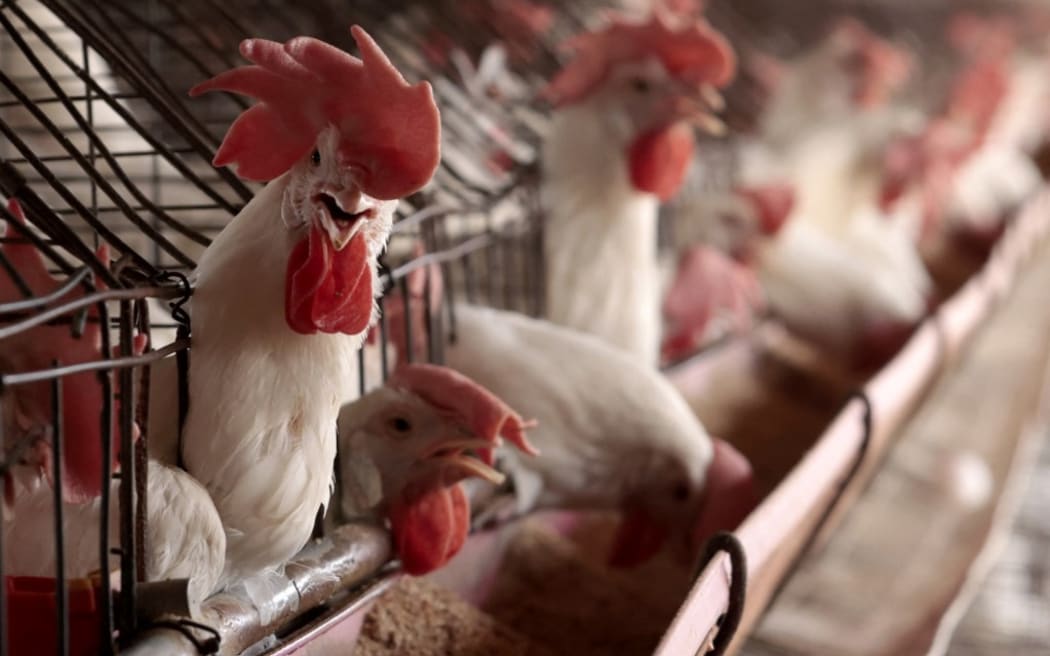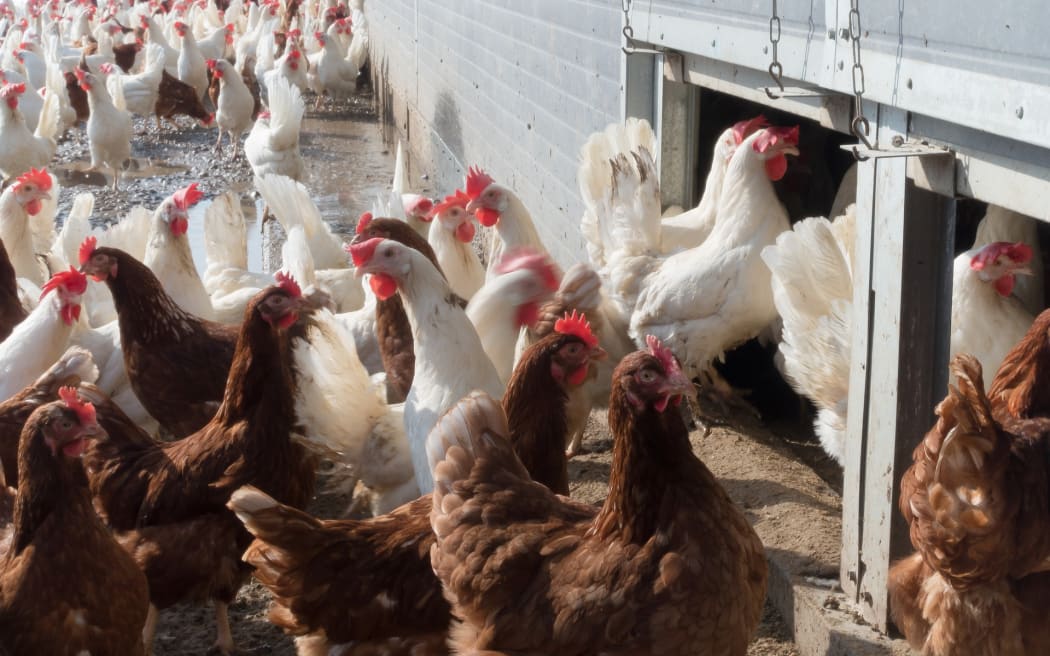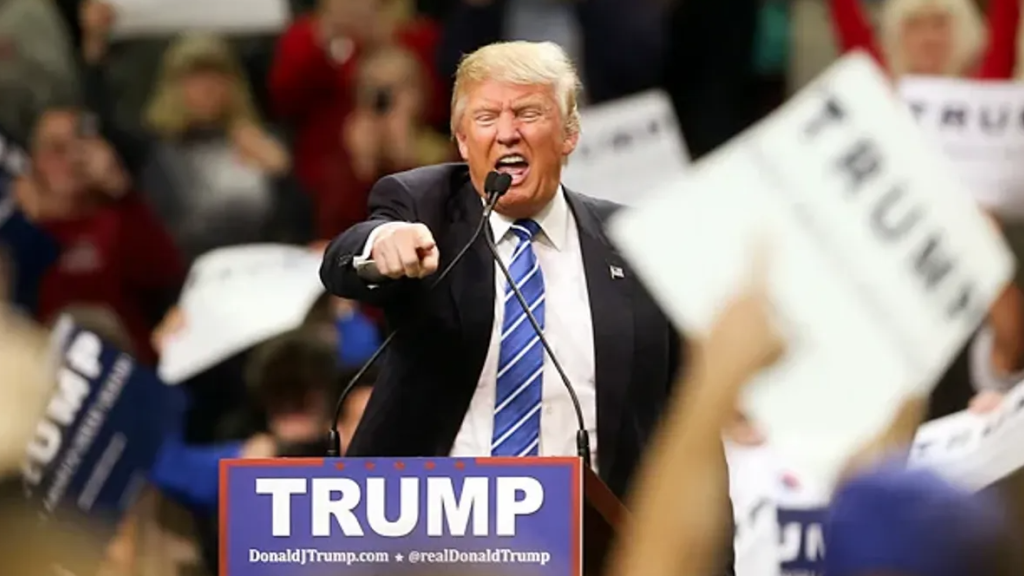
Aisha Khalid and Imran Qureshi (Pakistan), Two Wings to Fly, Not One, 2017.
Half of the world’s population will have the opportunity to vote by the end of this year as 64 countries and the European Union are scheduled to open their ballot boxes. No previous year has been so flush with elections. Among these countries is India, where a remarkable 969 million voting papers had to be printed ahead of the elections that culminated on 1 June. In the end, 642 million people (roughly two-thirds of those eligible) voted, half of them women. This is the highest-ever participation by women voters in a single election in the world.
Meanwhile, the European Union’s 27 member states held elections for the European Parliament, which meant that 373 million eligible voters had the opportunity to cast their ballot for the 720 members who make up the legislative body. Add in the eligible voters for elections in the United States (161 million), Indonesia (204 million), Pakistan (129 million), Bangladesh (120 million), Mexico (98 million), and South Africa (42 million) and you can see why 2024 feels like the Year of Elections.

Alfredo Ramos Martínez (Mexico), Vendedora de Alcatraces (‘Calla Lily Vendor’), 1929.
Over the past few weeks, three particularly consequential elections took place in India, Mexico, and South Africa. India and South Africa are key players in the BRICS bloc, which is charting a path towards a world order that is not dominated by the US. The nature of the governing coalitions that come to power in these countries will have an impact on the grouping and will certainly shape this year’s BRICS Summit to be held in Kazan (Russia) in late October. While Mexico is not a member of BRICS and did not apply for membership during the expansion last year, the country has sought to relieve itself of the pressures from the United States (most Mexicans are familiar with the statement ‘Poor Mexico: so far from God, so close to the United States’, made by Porfirio Diaz, the country’s president from 1884 to 1911). The Mexican government’s recent aversion to US interference in Latin America and to the overall neoliberal framework of trade and development has brought the country deeper into dialogue with alternative projects such as BRICS.
While the results in India and South Africa showed that the electorates are deeply divided, Mexican voters stayed with the centre-left National Regeneration Movement (MORENA), electing Claudia Sheinbaum as the first woman president in the country’s history on 2 June. Sheinbaum will take over from Andrés Manuel López Obrador (AMLO), who leaves the presidency with a remarkable 80% approval rating. As the mayor of Mexico City from 2018 to 2023 and a close ally of AMLO, Sheinbaum followed the general principles laid out in the Fourth Transformation (4T) project set out by AMLO in 2018. This 4T project of ‘Mexican Humanism’ follows three important periods in Mexico’s history: independence (1810–1821), reform (1858–1861), and revolution (1910–1917). While AMLO spoke often of this 4T as an advance in Mexico’s history, it is in fact a return to the promises of the Mexican Revolution with its call to nationalise resources (including lithium), increase wages, expand government jobs programmes, and revitalise social welfare. One of the reasons why Sheinbaum triumphed over the other candidates was her pledge to continue the 4T agenda, which is rooted less in populism (as the bourgeois press likes to say) and more so in a genuine welfarist humanism.

George Pemba (South Africa), Township Games, 1973.
In May of this year, thirty years after the end of apartheid, South Africa held its seventh general election of the post-apartheid era, producing results that stand in stark contrast to those in Mexico. The ruling tripartite alliance – consisting of the African National Congress (ANC), South African Communist Party, and Congress of South African Trade Unions – suffered an enormous attrition of its vote share, securing just 40.18% of the vote (42 seats short of a majority), compared to 59.50% and a comfortable majority in the National Assembly in 2019. What is stunning about the election is not just the decline in the alliance’s vote share but the rapid decline in voter turnout. Since 1999, less and less voters have bothered to vote, and this time only 58% of those eligible came to the polls (down from 86% in 1994). What this means is that the tripartite alliance won the votes of only 15.5% of eligible voters, while its rivals claimed even smaller percentages. It is not just that the South African population – like people elsewhere – is fed up with this or that political party, but that they are increasingly disillusioned by their electoral process and by the role of politicians in society.
A sober appraisal of South Africa’s election results shows that the two political forces that broke from the ANC – Jacob Zuma’s uMkhonto we Sizwe (MK) and Julius Malema’s Economic Freedom Fighters – won a combined 64.28% of the vote, exceeding the vote share that the ruling alliance secured in 1994. The overall agenda promised by these three forces remains intact (ending poverty, expropriating land, nationalising banks and mines, and expanding social welfare), although the strategies they would like to follow are wildly different, a divide furthered by their personal rivalries. In the end, a broad coalition government will be formed in South Africa, but whether it will be able to define even a social democratic politics – such as in Mexico – is unclear. The overall decline in the population’s belief in the system represents a lack of faith in any political project. Promises, if unmet, can go stale.

Kalyan Joshi (India), Migration in the Time of COVID, 2020.
In the lead-up to the election in India, held over six weeks from 19 April to 1 June, incumbent Prime Minister Narendra Modi of the far-right Bharatiya Janata Party (BJP) said that his party alone would win a thumping 370 seats in the 543-seat parliament. In the end, the BJP could only muster 240 seats – down by 63 compared with the 2019 elections – and his National Democratic Alliance won a total of 293 (above the 272-threshold needed to form a government). Modi will return for a third term as prime minister, but with a much-weakened mandate. He was only able to hold on to his own seat by 150,000 votes, a significant decrease from the 450,000-vote margin in 2019, while fifteen incumbent members of his cabinet lost their seats. No amount of hate speech against Muslims or use of government agencies to silence opposition parties and the media was able to increase the far-right’s hold on power.
An April poll found that unemployment and inflation were the most important issues for two-thirds of those surveyed, who say that jobs for city dwellers are getting harder to find. Forty percent of India’s 1.4 billion people are under the age of 25, and a study by the Centre for Monitoring Indian Economy showed that India’s youth between the ages of 15 and 24 are ‘faced with a double whammy of low and falling labour participation rates and shockingly high unemployment rates’. Unemployment among young people is 45.4%, six times higher than the overall unemployment rate of 7.5%.

India’s working-class and peasant youth remain at home, the sensibility of their entire families shaped by their dilemmas. Despair at everyday life has now eaten into the myth that Modi is infallible. Modi will return as prime minister, but the actualities of his tenure will be defined partly by the grievances of tens of millions of impoverished Indians articulated through a buoyant opposition force that will find leaders amongst the mass movements. Among them will be farmers and peasants, such as Amra Ram, a leader of the Communist Party of India (Marxist) and All India Kisan Sabha (‘All India Farmers’ Union’) who won decisively in Sikar, an epicentre of the farmers’ movement. He will be joined in parliament by Sachidanandam, a leader of the All India Kisan Sabha and Communist Party of India (Marxist) from Dindigul (Tamil Nadu), and by Raja Ram Kushwaha, a leader of the Communist Party of India (Marxist-Leninist) Liberation from Karakat (Bihar) and the convenor of the All-India Kisan Sangharsh (‘All India Farmers’ Struggle’) Coordination Committee, a peasant alliance that includes 250 organisations. The farmers are now represented in parliament.
Nitheesh Narayanan of Tricontinental Research Services writes that even though the Left did not send a large contingent to parliament, it has played an important role in this election. Amra Ram, he continues, ‘enters the parliament as a representative of the peasant power that struck the first blow to the BJP’s unquestioned infallibility in North India. His presence becomes a guarantee of India’s democracy from the streets’.

Heri Dono (Indonesia), Resistance to The Power of Persecution, 2021.
The idea of ‘democracy’ does not start and finish at the ballot box. Elections – such as in India and the United States – have become grotesquely expensive. This year’s election in India cost $16 billion, most of it spent by the BJP and its allies. Money, power, and the corrosiveness of political dialogue have corrupted the democratic spirit.
The search for the democratic spirit is at least as old as democracy itself. In 1949, the communist poet Langston Hughes expressed this yearning in his short poem ‘Democracy’, which spoke then to the denial of the right to vote and speaks now to the need for a much deeper consideration of what democracy must mean in our times – something that cannot be bought by money or intimidated by power.
Democracy will not come
Today, this year,
Nor ever
Through compromise and fear.
I have as much right
As the other fellow has
To stand
On my two feet
And own the land.
I tire so of hearing people say,
Let things take their course.
Tomorrow is another day.
I do not need my freedom when I’m dead.
I cannot live on tomorrow’s bread.
Freedom
Is a strong seed
Planted
In a great need.
Listen, America—
I live here, too.
I want freedom
Just as you.
Faceboo







